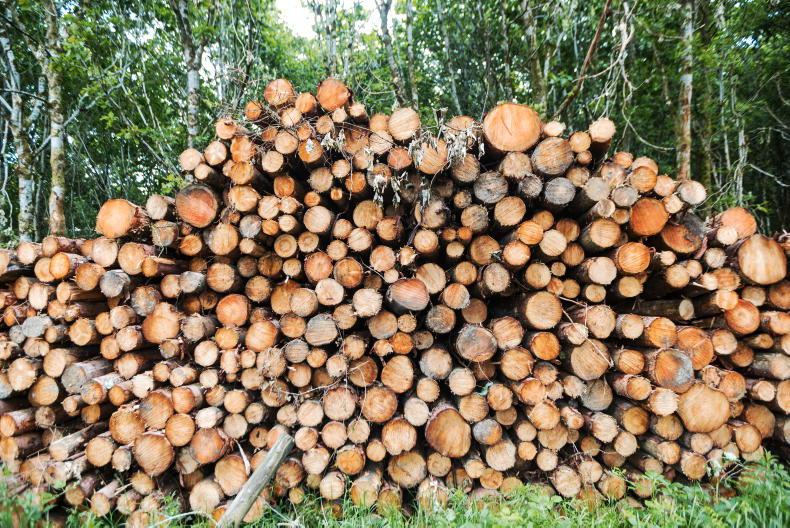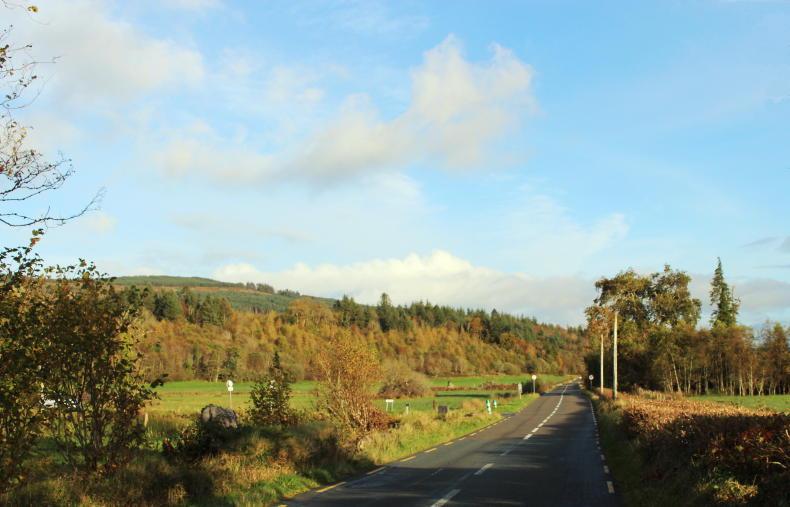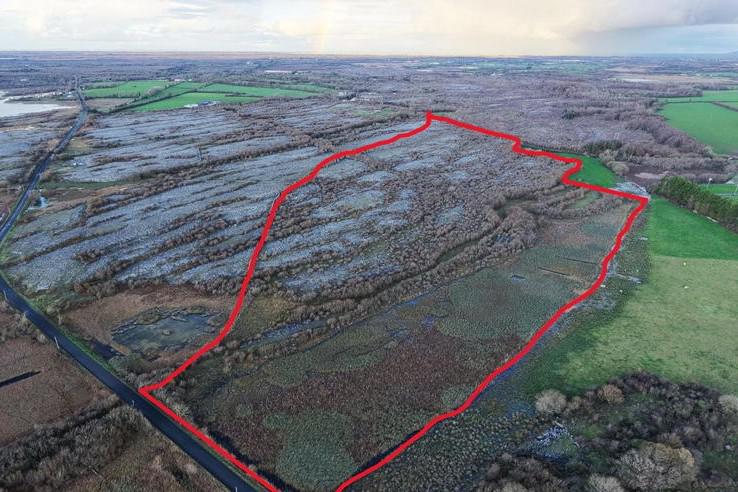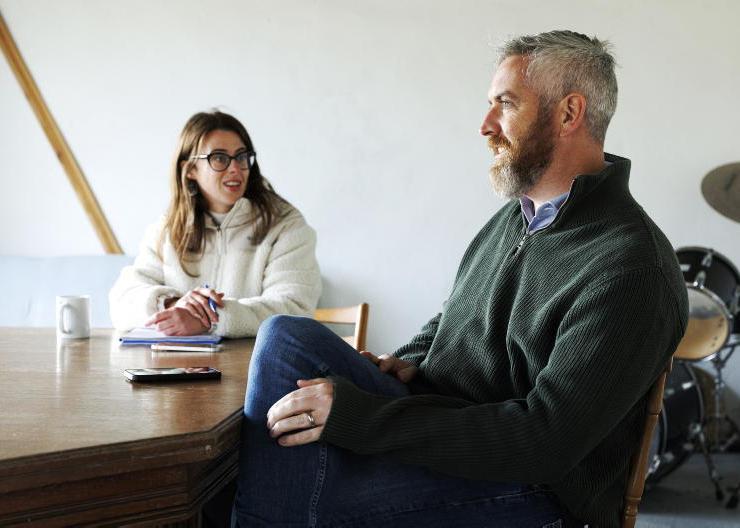There has been a dramatic change in both the scale and species mix in Irish afforestation, especially since the late 1990s, as large-scale mainly coniferous afforestation has been replaced by small scale planting.
The average size of Irish forests is now less than 8ha, comprising 30% open areas and native species, so there are ample opportunities to maximise biodiversity.
Biodiversity – or biological diversity – is a relatively new term to describe living organisms and their habitats.
In 1992, it was defined by the Convention on Biological Diversity as “the variability among living organisms from all sources, including, inter alia, terrestrial, marine and other aquatic ecosystems and the ecological complexes of which they are part; this includes diversity within species, between species and of ecosystems.”
Conserving biodiversity in natural forests is a key element in the protection and enhancement of their unique ecosystems
Forest ecosystems are major biodiversity habitats, not only for tree species, but also for a diverse range of flora and fauna, many of which are rare or threatened. Globally, forests are home to half of all terrestrial species, according to the WWF.
Conserving biodiversity in natural forests is a key element in the protection and enhancement of their unique ecosystems.
But natural forests with their untouched or pristine ecosystems are rare globally and no longer exist in Ireland, even in our protected nature reserves and national parks.
This is especially true of the primeval woodland – including its associated ecosystem – which has vanished without trace. Even the fragmented semi-natural woodlands that remain bear little resemblance to the primeval but are worth protecting, enhancing and expanding.
Leaving these semi-natural ecosystems alone to return to nature, or to get on with the business of reconnecting with their once natural habitat, is not an option.
But it’s not just about the trees, as forest flora includes vascular plants, bryophyte and lichen, mosses and fungi
Protected woodlands such as the Vale of Clara in Co Wicklow would be subsumed in non-native tree species such as beech and western hemlock if left unmanaged.
But it’s not just about the trees, as forest flora includes vascular plants, bryophyte and lichen, mosses and fungi. The variety of forest flora depends on a number of factors including the underlying soil, tree species, tree spacing and forest age.
So, while Ireland is home to a vast range of vascular plants – including trees species – few are native. This is not a new phenomenon, but has existed since the last Ice Age.
By creating the right forest and woodland environment, there are opportunities to protect native flora and enhance bird life habitats
Likewise, over 450 bird species are recorded in Ireland, but we have considerably fewer breeding birds than European countries, including Britain.
By creating the right forest and woodland environment, there are opportunities to protect native flora and enhance bird life habitats. It is important therefore to assess the forest as an ecosystem in its totality – native and introduced. In doing so, we need to protect our limited range of native species and acknowledge our existing range of introduced species so that a biodiverse equilibrium is achieved and maintained.
ITGA biodiversity webinar
No doubt, these are some of the issues that will be discussed at an Irish Timber Growers Association (ITGA) webinar scheduled for Thursday 10 March and launched by Minister of State Pippa Hackett. The speakers are Robin Walter and Kate Harrington.
Robin Walter is an international forest certification auditor and the author of Living with Trees and Regenerative Forestry. His presentation Encouraging biodiversity through regenerative forestry will outline topics such as forest structures, productivity of mixed forests, continuous cover forestry and forest risk management.
Kate Harrington, PhD researcher in the Department of Botany, Trinity College, will present Quantifying ecosystem services in Irish forestry.
The webinar will commence at 10am and conclude at 11:20am. Google FORESTRY.IE or click on www.forestry.ie/insights to register. Supported by the Irish Farmers Journal and part-funded by the Department of Agriculture, Food and the Marine (DAFM), the webinar is free.










SHARING OPTIONS